DAVID LYNCH
Tilton Gallery
8 East 76th St. between Madison & Fifth Aves.
Tuesday – Saturday through April 21, free
212-737-2221
www.jacktiltongallery.com
davidlynch.com
In such films as Eraserhead, The Elephant Man, and Blue Velvet and the television series Twin Peaks, Montana-born writer-director David Lynch created off-kilter worlds that reveal the dark underbelly of contemporary society, an alternate reality that is both oddball and frightening. So it shouldn’t come as a surprise that his artwork explores similar territory. Lynch, who has also made such albums as BlueBob, Polish Night Music, and last year’s solo debut, Crazy Clown Time, is currently in the midst of his first gallery show in New York since 1989, an eponymously titled display that continues through Saturday at the Tilton Gallery on the Upper East Side. Lynch’s offbeat combination of humor and danger is evident throughout the two-floor exhibit, which ranges from dreamlike, surreal black-and-white “Distorted Nude” photographs of body parts to haunting yet playful small watercolors to large-scale mixed-media paintings that include snippets of text and figures and brownish clumps that evoke such artists as Dieter Roth and the Brothers Quay in addition to Francis Bacon, Jean Dubuffet, and Henri Matisse. In the triptych “Boy Lights Fire,” a child with impossibly long arms is playing with matches over the head of a “neighbor girl he likes a lot.” In “Bob’s Second Dream,” a tiny creature sticks out from the cardboard base with the note “his head was shaped different,” a woman’s face is split in half by the words “I don’t love you,” and nearby it is declared that “everything is fuckin broke.” Jolly old St. Nick floats off in the distance in “No Santa Claus.” And in “Boy’s Night Out,” a father is grasping a plug while his son, holding a battery, announces, “daddy’s home,” setting the stage for one very strange connection. The show also includes the forty-two-second Mystery of the Seeing Hand and Sphere, a surreal short film that encompasses Lynch’s bizarre worldview.
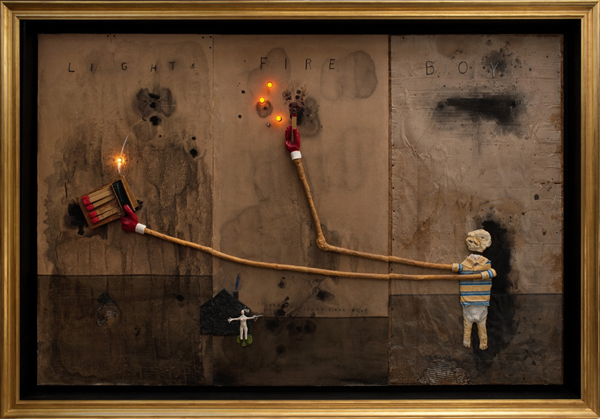
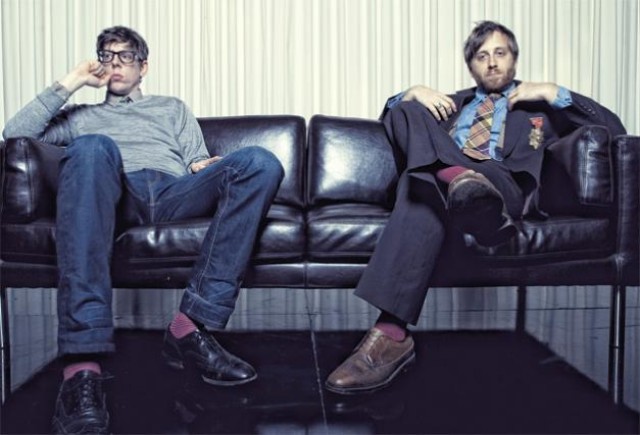
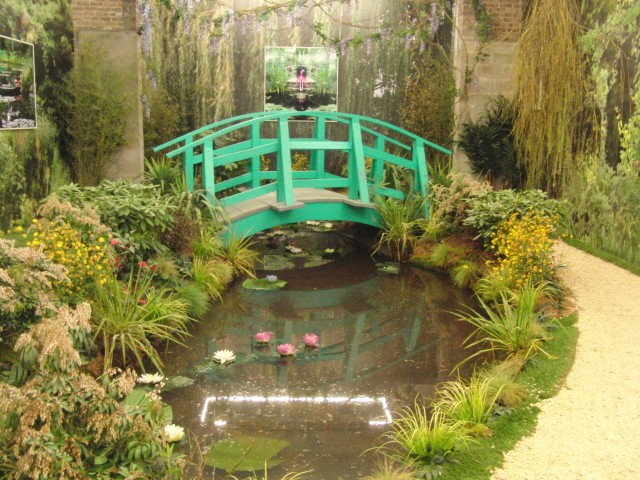
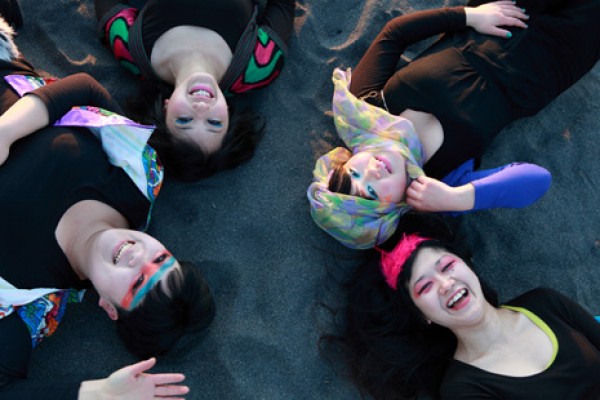
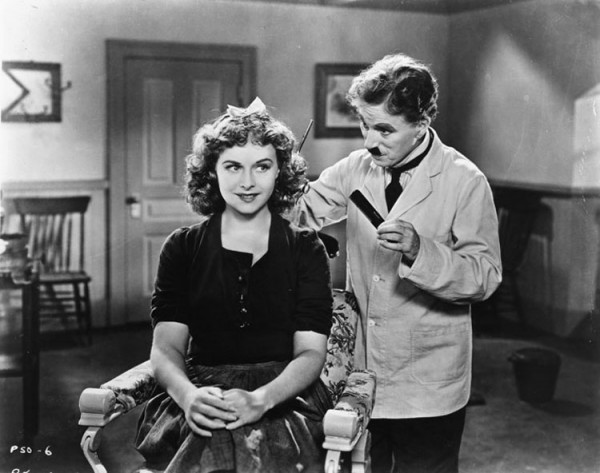
 Learning of many of the horrible things the Third Reich was doing, Charlie Chaplin could not hold his tongue anymore, finally making his first talking picture in 1940. In The Great Dictator, writer-director-producer Chaplin unrelentingly mocks Adolf Hitler and the rise of the Nazis in Germany, albeit with a very serious edge, as WWII threatens. Chaplin plays the dual roles of a simple Jewish barber living in the ghetto (who has elements of the Little Tramp) and Adenoid Hinkle, the rather Hitler-esque Fascist leader of the country of Tomania. Just as he named the nation after a foodborne illness (ptomaine poisoning), Chaplin does not go for subtlety in the film; his right-hand man is Herr Garbitsch (Henry Daniel spoofing Nazi Minister of Propaganda Joseph Goebbels), and his military mastermind is Field Marshal Herring (Billy Gilbert making fun of Heinrich Himmler). Chaplin plays Hinkle like a cartoon character, with pratfalls galore, and when he speaks in German, especially when he gives a major speech, he spits out fake German words with a smattering of funny English ones. When he learns that Benzino Napaloni (Jack Oakie as a melding of Benito Mussolini and Napoleon Bonaparte) has gathered his troops on the Osterlitz border (think Anschluss), Hinkle invites the Bacteria dictator to his Tomanian palace, where they engage in numerous hysterical bouts of one-upmanship, including a riotous battle involving barber chairs. Meanwhile, Chaplin performs another of the film’s most memorable scenes, the shave of an old man set to Brahms’s “Hungarian Dance No. 5.” But when Commander Schultz (Reginald Gardiner) leaves the Nazi regime and decides to help the Jewish people in the ghetto, Hinkle sends his stormtroopers out to find the traitor, leading to a major case of mistaken identity and a heartfelt, if overly melodramatic, finale. In addition, Chaplin’s lover at the time, Paulette Goddard, plays Hannah (named for Chaplin’s mother), a young Jewish woman living in the ghetto, and Bowery Boys fans will recognize Bernard Gorcey, who played sweet-shop owner Louie Dombrowski in the goofy film series, as Mr. Mann.The Great Dictator is filled with marvelous moments, from Hinkle dancing with a balloon globe to several of the Jews in the ghetto trying to hide in the same chest, but the film does suffer from pedagoguery in making its political points, and some of the slapstick is too lowbrow. Nominated for five Oscars, it falls somewhere between the Marx Brothers’ Duck Soup (1933) and the Three Stooges’ You Nazty Spy! (1940) while also referencing the 1921 silent film King, Queen, Joker, in which Chaplin’s older half-brother, Sidney (who also directed), played the dual role of a modest barber and the king of the fictional Coronia. A seminal achievement that was supposedly seen by Hitler twice, The Great Dictator is screening April 13 at 9:30 as part of the Rubin Museum series “You Must Remember This,” focusing on memory in conjunction with its current
Learning of many of the horrible things the Third Reich was doing, Charlie Chaplin could not hold his tongue anymore, finally making his first talking picture in 1940. In The Great Dictator, writer-director-producer Chaplin unrelentingly mocks Adolf Hitler and the rise of the Nazis in Germany, albeit with a very serious edge, as WWII threatens. Chaplin plays the dual roles of a simple Jewish barber living in the ghetto (who has elements of the Little Tramp) and Adenoid Hinkle, the rather Hitler-esque Fascist leader of the country of Tomania. Just as he named the nation after a foodborne illness (ptomaine poisoning), Chaplin does not go for subtlety in the film; his right-hand man is Herr Garbitsch (Henry Daniel spoofing Nazi Minister of Propaganda Joseph Goebbels), and his military mastermind is Field Marshal Herring (Billy Gilbert making fun of Heinrich Himmler). Chaplin plays Hinkle like a cartoon character, with pratfalls galore, and when he speaks in German, especially when he gives a major speech, he spits out fake German words with a smattering of funny English ones. When he learns that Benzino Napaloni (Jack Oakie as a melding of Benito Mussolini and Napoleon Bonaparte) has gathered his troops on the Osterlitz border (think Anschluss), Hinkle invites the Bacteria dictator to his Tomanian palace, where they engage in numerous hysterical bouts of one-upmanship, including a riotous battle involving barber chairs. Meanwhile, Chaplin performs another of the film’s most memorable scenes, the shave of an old man set to Brahms’s “Hungarian Dance No. 5.” But when Commander Schultz (Reginald Gardiner) leaves the Nazi regime and decides to help the Jewish people in the ghetto, Hinkle sends his stormtroopers out to find the traitor, leading to a major case of mistaken identity and a heartfelt, if overly melodramatic, finale. In addition, Chaplin’s lover at the time, Paulette Goddard, plays Hannah (named for Chaplin’s mother), a young Jewish woman living in the ghetto, and Bowery Boys fans will recognize Bernard Gorcey, who played sweet-shop owner Louie Dombrowski in the goofy film series, as Mr. Mann.The Great Dictator is filled with marvelous moments, from Hinkle dancing with a balloon globe to several of the Jews in the ghetto trying to hide in the same chest, but the film does suffer from pedagoguery in making its political points, and some of the slapstick is too lowbrow. Nominated for five Oscars, it falls somewhere between the Marx Brothers’ Duck Soup (1933) and the Three Stooges’ You Nazty Spy! (1940) while also referencing the 1921 silent film King, Queen, Joker, in which Chaplin’s older half-brother, Sidney (who also directed), played the dual role of a modest barber and the king of the fictional Coronia. A seminal achievement that was supposedly seen by Hitler twice, The Great Dictator is screening April 13 at 9:30 as part of the Rubin Museum series “You Must Remember This,” focusing on memory in conjunction with its current 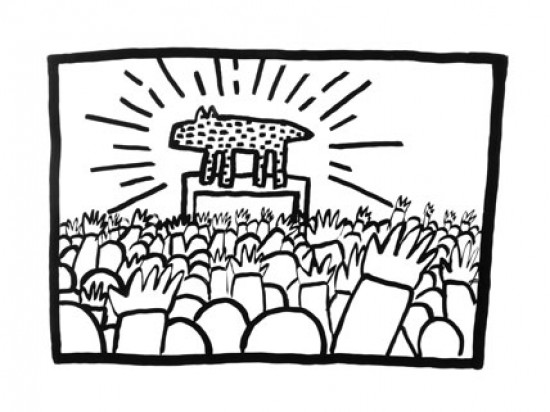
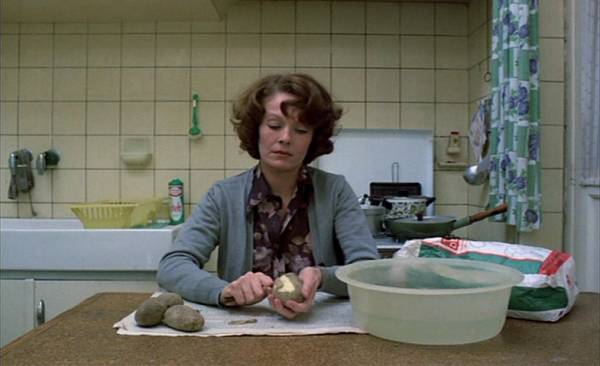
 Chantal Akerman’s groundbreaking film follows the drab life of the title character, a bored housewife who goes about her day nearly silently, moving agonizingly slowly, as she makes breakfast for her husband, sends him off to work, takes in a few johns, cleans the sink, etc. Just another ordinary day, not nearly as colorful as the one Séverine Serizy (Catherine Deneuve) experiences in Belle de Jour (Luis Buñuel, 1967). Delphine Seyrig (Stolen Kisses, The Discreet Charm of the Bourgeoisie, The Day of the Jackal) is mesmerizing as Jeanne Dielman — you won’t be able to take your eyes off her, and with good reason. This ultimate feminist film was made with an all-female crew, and if it’s anything, it’s absolutely memorable, love it or hate it. Oh, actually, it’s long too — nearly three and a half hours. Jeanne Dielman is screening on Thursday and Friday with Maya Deren’s avant-garde classic Meshes of the Afternoon as part of MoMA’s “Carte Blanche: Cindy Sherman” series, a collection of films curated by photographer Cindy Sherman in conjunction with her glorious
Chantal Akerman’s groundbreaking film follows the drab life of the title character, a bored housewife who goes about her day nearly silently, moving agonizingly slowly, as she makes breakfast for her husband, sends him off to work, takes in a few johns, cleans the sink, etc. Just another ordinary day, not nearly as colorful as the one Séverine Serizy (Catherine Deneuve) experiences in Belle de Jour (Luis Buñuel, 1967). Delphine Seyrig (Stolen Kisses, The Discreet Charm of the Bourgeoisie, The Day of the Jackal) is mesmerizing as Jeanne Dielman — you won’t be able to take your eyes off her, and with good reason. This ultimate feminist film was made with an all-female crew, and if it’s anything, it’s absolutely memorable, love it or hate it. Oh, actually, it’s long too — nearly three and a half hours. Jeanne Dielman is screening on Thursday and Friday with Maya Deren’s avant-garde classic Meshes of the Afternoon as part of MoMA’s “Carte Blanche: Cindy Sherman” series, a collection of films curated by photographer Cindy Sherman in conjunction with her glorious